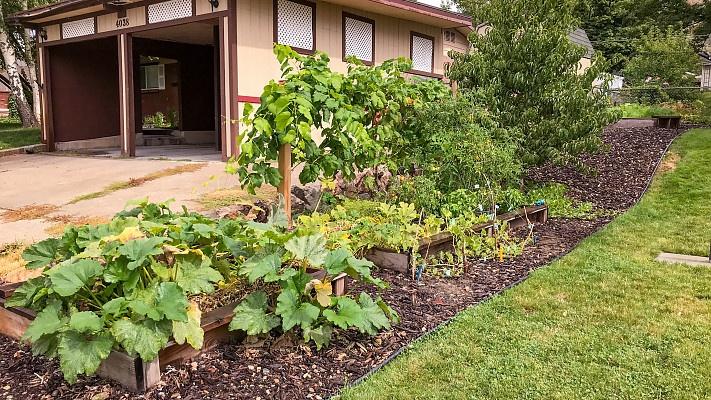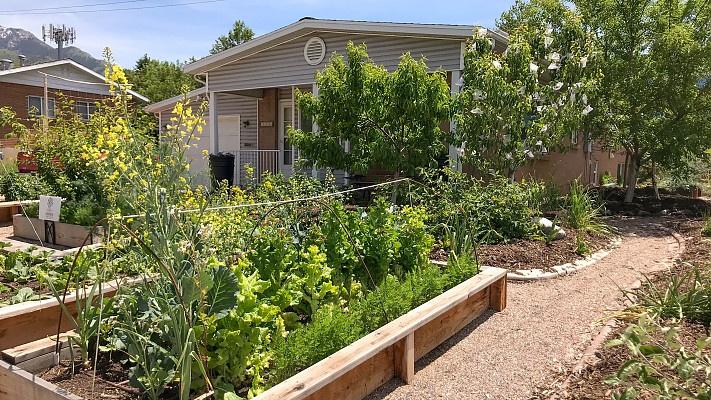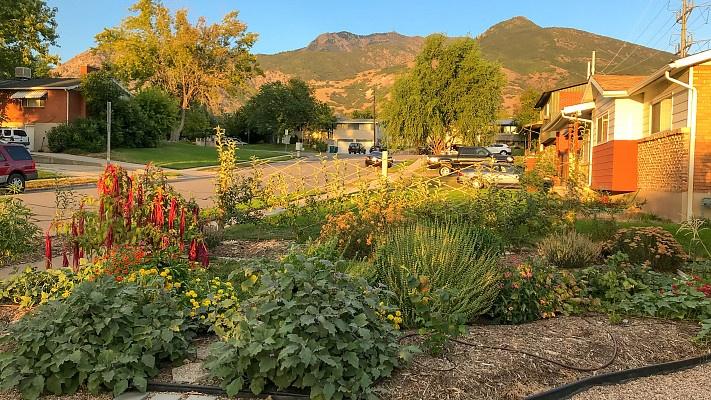What Is Foodscaping, Exactly?
You might have heard the term "foodscaping," but aren't exactly sure what it means. It's actually pretty simple! It means that you choose to plant veggies, herbs, and fruits in your yard instead of more traditional things, like grass and ornamental plants. Foodscaping follows a similar ethos to “grow food, not lawn” movement.
Depending on what you use your yard for, a foodscape can replace just part, or all, of your lawn with garden and flower beds. If you have kids who love running through the grass, then a partial foodscape of a side yard might be best for you. But if you love to save money on the food you buy, maybe a full foodscape will help you cut some trips to the grocery store!
Why Foodscape?
Foodscaping is really a win-win situation. If you foodscape, that means you can also EAT the plants that are growing in your yard, instead of just looking at them. This makes your yard much more productive, and tasty. When you grow your own food you will be surprised by how much more flavorful and fresh homegrown vegetables and fruit taste.
Another benefit of growing food instead of lawn? You'll likely use less water. For example, Foodscaping Utah founders, John and Holly Trimble, had a 25% water savings after installing their full foodscape. Edibles like veggies and herbs cover less “ground” than lawn does. As we learned in our Localscaping blog post, installing drip irrigation — which saves more water than overhead sprinklers — is optimal for individual plants, but not for a lawn. That makes foodscaping a great option for those looking to save on their water bill.
Learn more about Localscaping:https://www.kued.org/modern-gardener/stories/localscapes-landscaping-for-where-you-live
However, foodscaping may not be for everyone. Having a wide-open lawn has its uses, and maintaining a garden might not be feasible for some homeowners. But if you think you have a portion of your yard that isn’t being used and needs a facelift, foodscaping is a great option!








